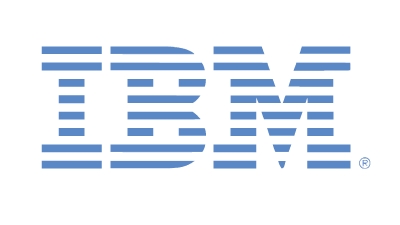IoT Opportunities Have Only Begun For Solution Providers
Submitted by Greg Dixon on

Greg Dixon (pictured) is chief technology officer at ScanSource Inc., an IT distributor based in Greenville, S.C.
The Internet of Things will continue to evolve for years to come. We’re just beginning to see a few examples of channel-ready IoT solutions: simple, inexpensive technologies used in creative ways. They require minimal on-site integration and generally provide a managed services portal that allows the reseller to sell this solution as a service, which is where the industry is heading.
As traditional IT solutions are evolving to include less hardware and more software provided as a service, the services component of the solution has become more important to the solution provider. As IoT solutions are developed in this new era, the whole solution is delivered to the end user as a service. The hardware components are often included in the monthly invoice along with a service to collect the data, analyze it and provide a business outcome. Resellers want a recurring revenue stream that ensures a long-term relationship with the customer and a sustainable business model for themselves.
Smart cities are a macro example of IoT that would require many different disciplines in which a channel partner might find itself participating. One example of a micro part of that larger solution that could provide an opportunity for the reseller would be intelligent trash containers. These trash cans contain solar panels that can talk to the sanitation department and convey how full they are and when they need to be emptied in order to give garbage trucks efficient routes, while giving taxpayers cleaner cities. This is the kind of opportunity resellers could actively participate in: making dumb things smart, and smart things smarter, then in return, having those smart things report on their environment to create useful information and support data-driven decisions.
RFID is a starting place for making a dumb thing smart. Take a cardboard box filled with detergent on its way from the manufacturer to the grocery store. You can slap an RFID tag on a box, and it won’t say anything until it’s asked. Then, when prompted, the tag would wake up to say what it knows. To make the tag smart, give it the ability to react to its environment with a sensor to detect moisture, motion or temperature.But that highlights a key barrier to IoT adoption: Putting a computer processor in the tag is more expensive and can’t go inside a detergent box that’s not worth as much as the smart tag.
The retail industry offers an opportunity to make smart things smarter, even without sensors. If 70 percent of customers have smartphones, then you can communicate with that group. To do this, there needs to be wireless infrastructure to sense those phones on consumers who are in a store. A Wi-Fi network can discover smartphones and therefore capture data on how many are in the store. If you ping those smartphones, you will get a MAC address, which is a number unique to every phone. Those addresses can go into a table to analyze when each specific device was in the store, how long they were there and what parts of the store they were in most often. Utilizing this system would allow a store to make merchandising decisions based on actual data that’s meaningful to the business. In making the smartphone smarter, you can determine how to sell more, which is just step one of IoT thinking in retail.






